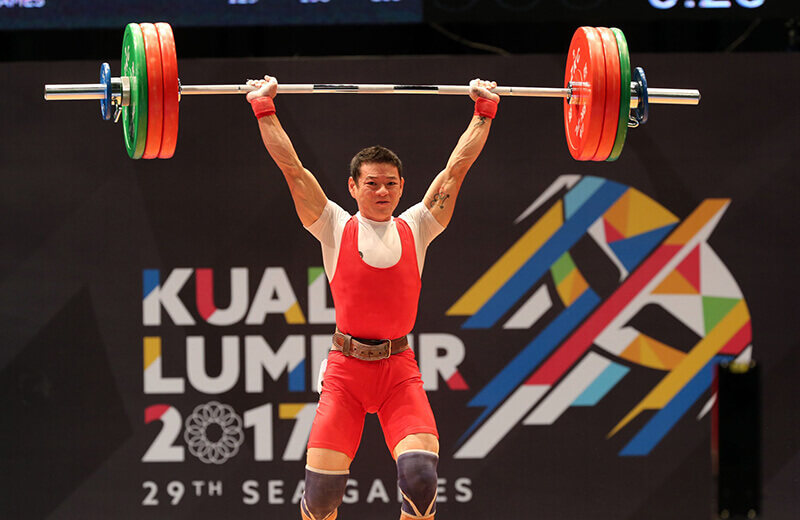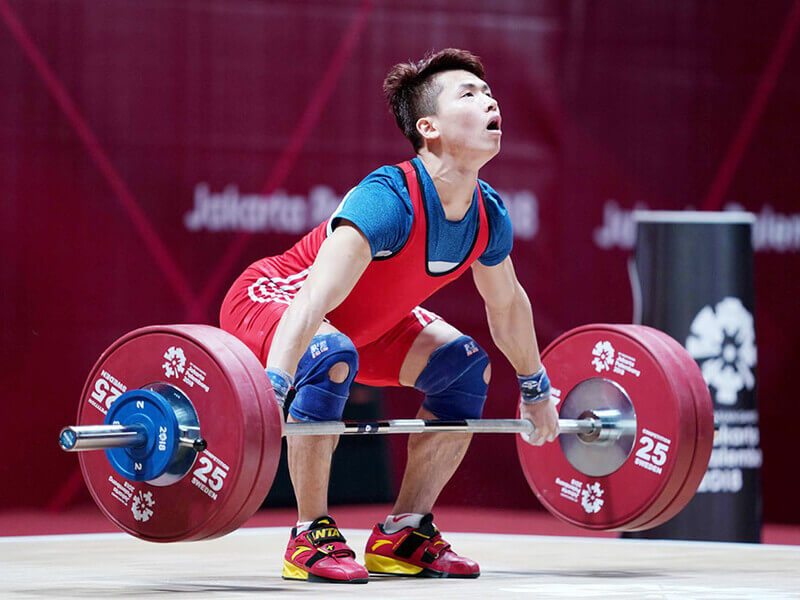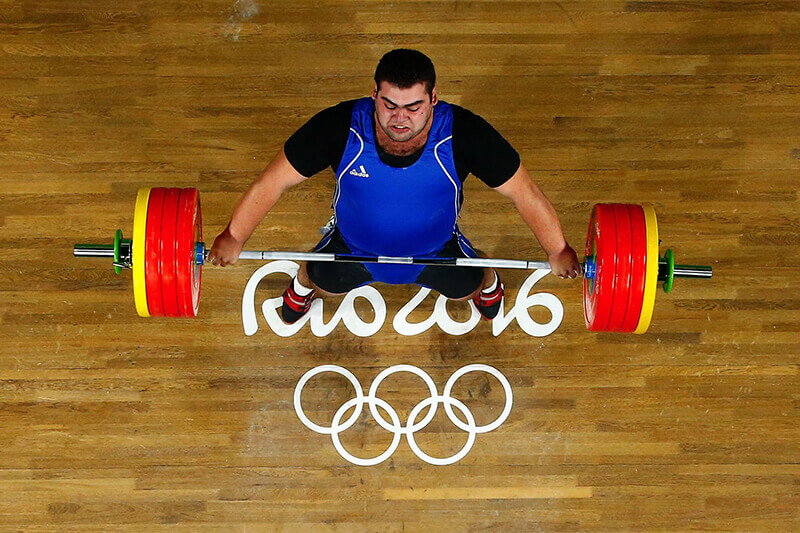Weightlifting is a sport based on strength, requiring patience and courage from the athlete. Weightlifting is often seen in major sporting events, especially at the Olympics. The Olympic Games are considered a prestigious global sporting event that honors the sport that requires strength, dexterity, and the indomitable spirit. Let’s explore the sport of weightlifting with BOSS77.
What is Weightlifting?

This is a sport, and athletes participating in this competition must perform the movement of pushing large weight plates attached to the same bar. These athletes can be called Weightlifters or Powerlifters.
Currently, there are two officially recognized international competitions: Clean and Jerk. The clean and jerk is lifting the weight off the ground and raising it over the head. The lift is to lift the weight to the chest and then push the weight to the head.
During the official competition, the referee team of 3 people will sit in front of the athlete, in 3 directions. After the athlete completes the movement, the referee will blow the whistle to signal completion, and the athlete can drop the weight.
The athlete cannot lift the weight to the head and stand up; it will not be considered as the test is completed. If the referee’s whistle has not sounded and the weight is dropped, it will not be considered as the test is completed.
In the competition, there will be categories for athletes with different weights. Each athlete will have 3 attempts to lift; the 2 out of 3 with the highest results will be considered the deciding result.
Compared to other sports that require strength, it can be seen that weightlifting is a sport that requires athletes to have large, explosive strength, so the time to perform the competition of this sport is also much faster.
Origin History of Weightlifting

According to the development of human civilization, the form of competition to see who can lift the heavier object has existed for a long time, specifically in ancient records of Egypt, China, India, and ancient Greece. Modern weightlifting is considered to have its origins in the formal competitions of Europe in the 19th century.
There was a period in the 1900s when weightlifting was absent from the Olympics, until it was reintroduced in 1920. And it was also in this year that competitors were divided into weight categories. In 1932, there were five official weight categories.
Before 1972, weightlifting judges had assessed whether an athlete was performing correctly. The lifting positions at this time still depended heavily on the hips. Sometimes, athletes pushed their hips so quickly that the judges could not determine whether they were using the extra force of their knees to create force or not, because in this sport, using the legs to create extra force to lift the weight is a violation. And so now only the Clean and Jerk is used in competition.
It was not until 1891 that male weightlifting champions began to appear. Women’s weightlifting did not appear until 1987.
Weightlifting in the Olympics

In each weight class, athletes will perform both the clean and jerk. The order of competition will depend on the competitor; the one who chooses the lowest weight will compete first.
If an athlete fails at a certain weight, they are allowed to try lifting that weight again, or they can wait for their turn at the following weights. Note that in weightlifting competitions, the weights increased gradually, each time increasing by 1kg. Therefore, when failing at a weight, the athlete can only lift the same weight again or must lift a higher weight.
In the case of two athletes lifting the same weight, the higher score will be given to the one who successfully lifts and pushes the weight headfirst.
During the competition, the clean and jerk will be competed first, followed by the clean and jerk. There will be two judges on each side and one judge, three people, in front of the athlete.
The judge sitting in the middle, facing the athlete, will declare “Success” or “Failure” based on the competition and the set of rules of weightlifting standards. In addition, if there is no agreement on the result of an athlete’s competition, the judges can consult with one or two technical staff members of the sport to reach the final result.
